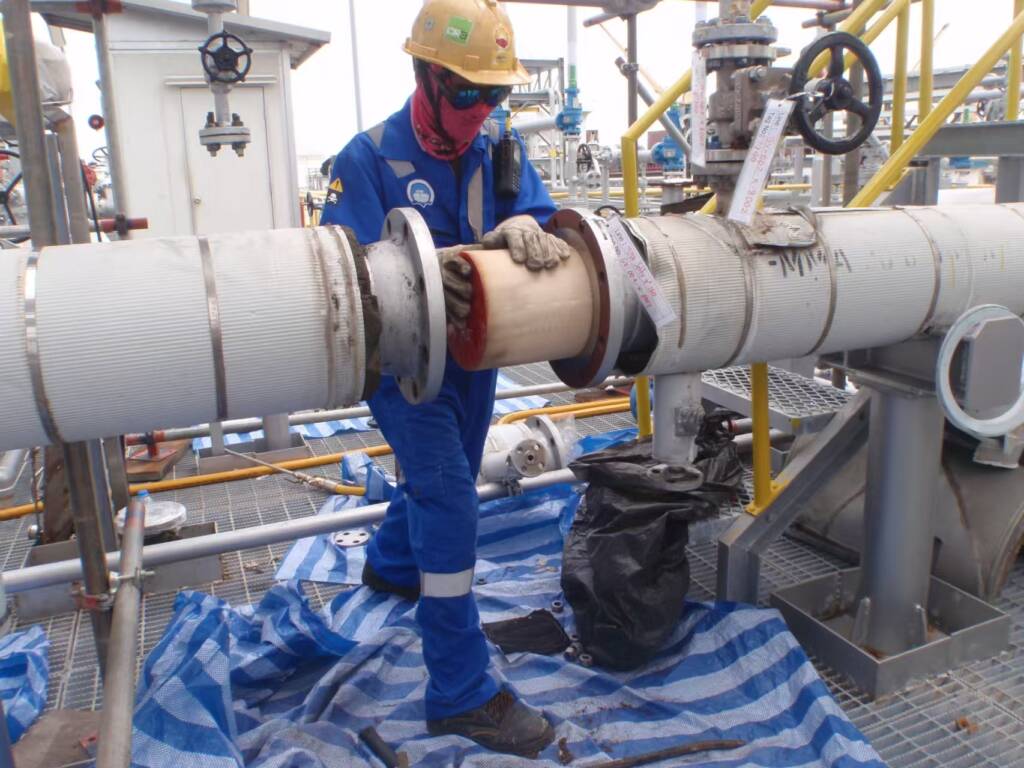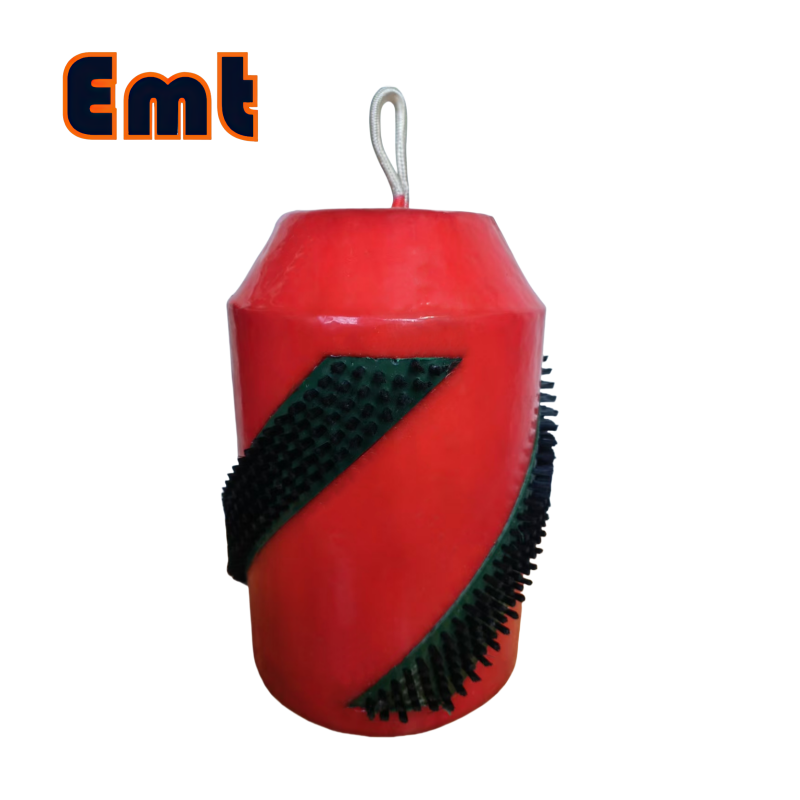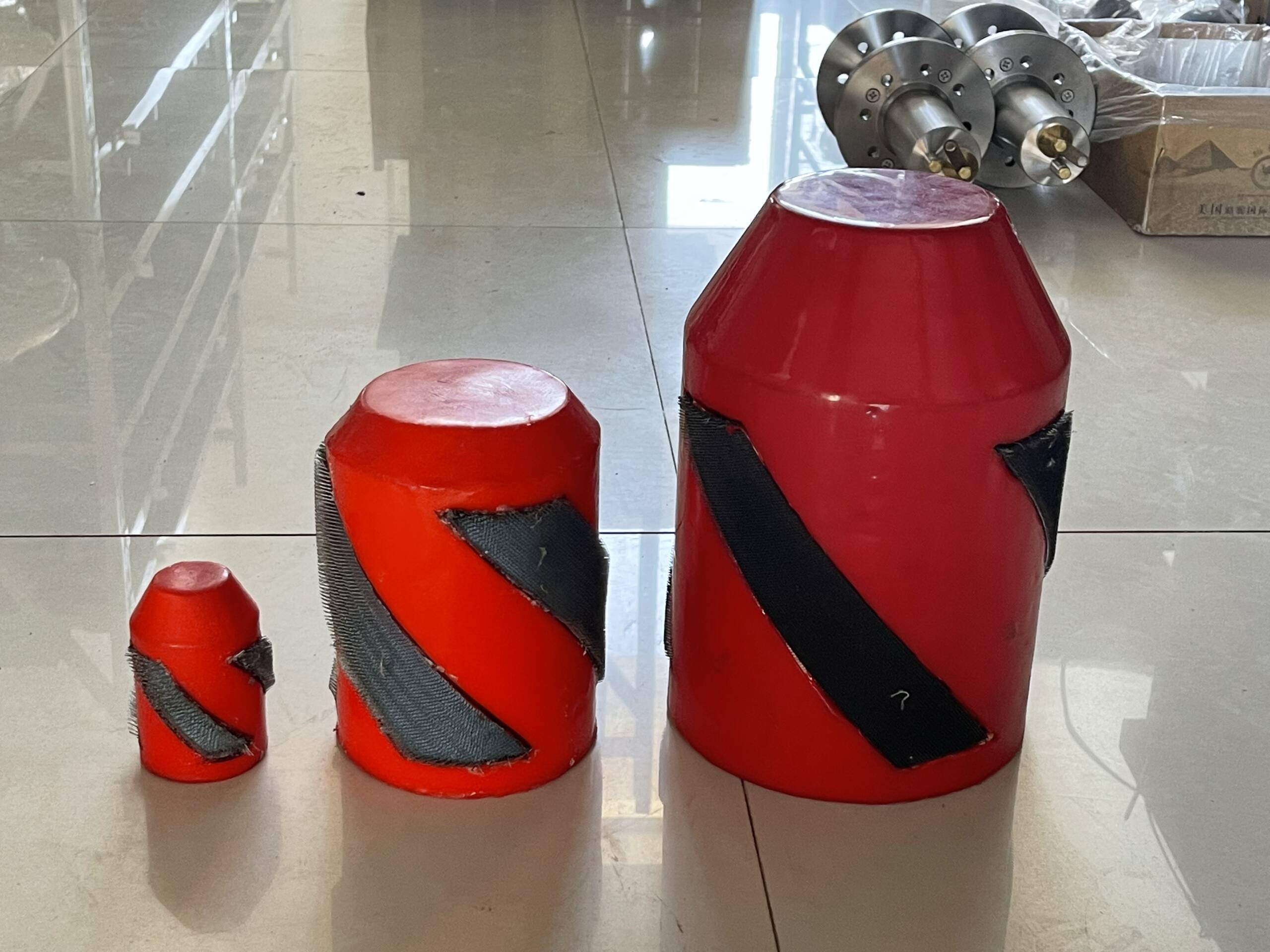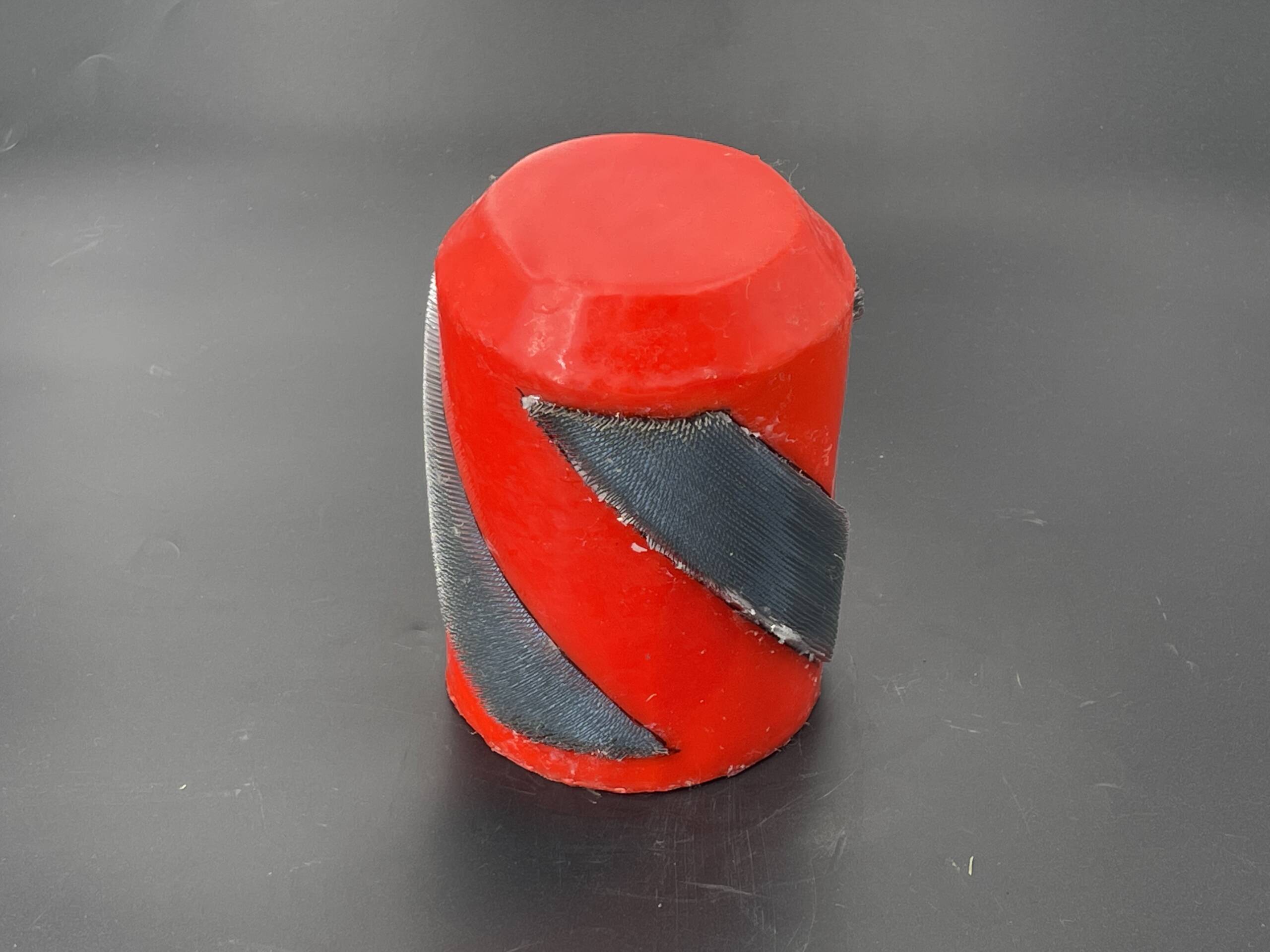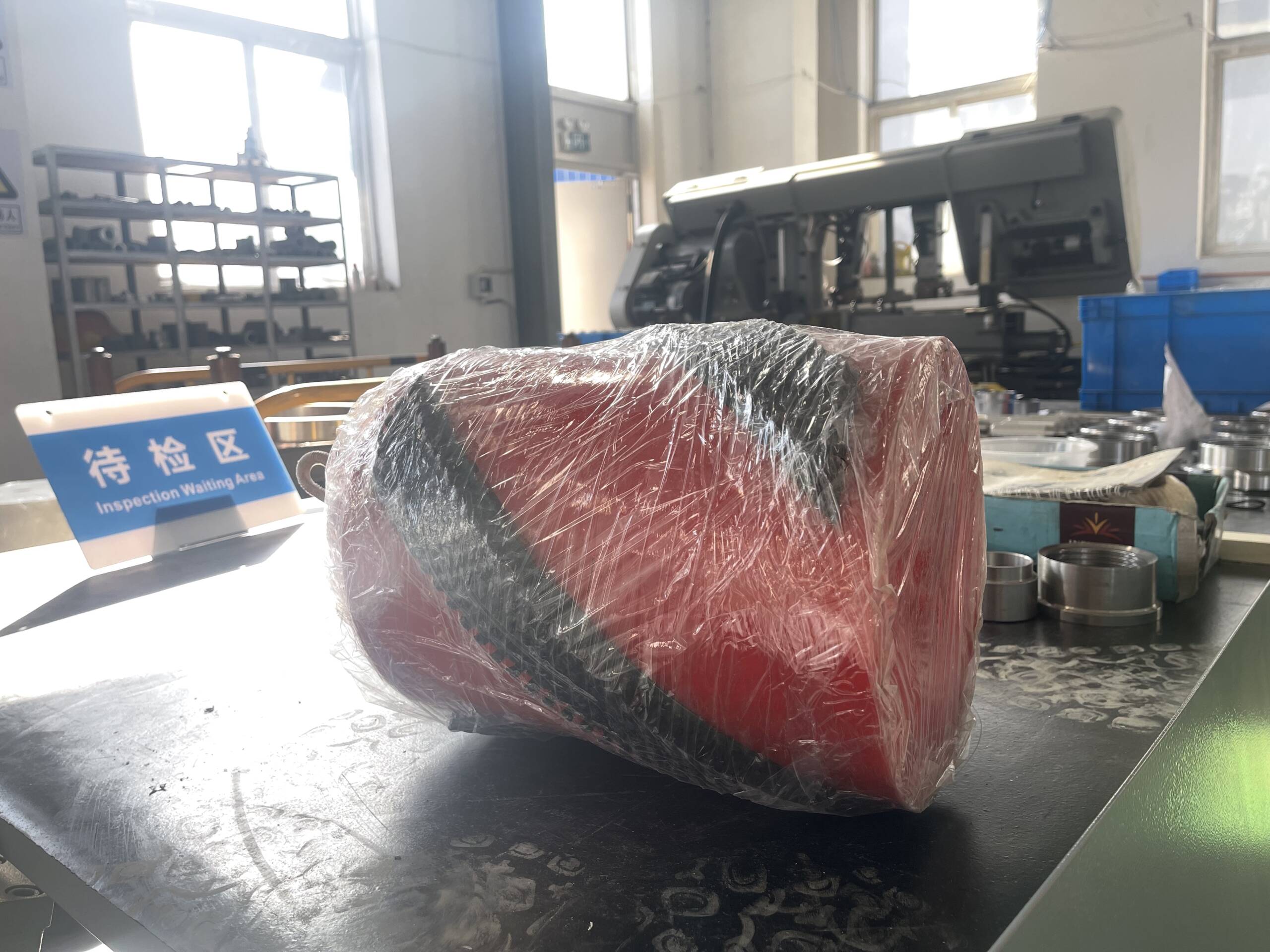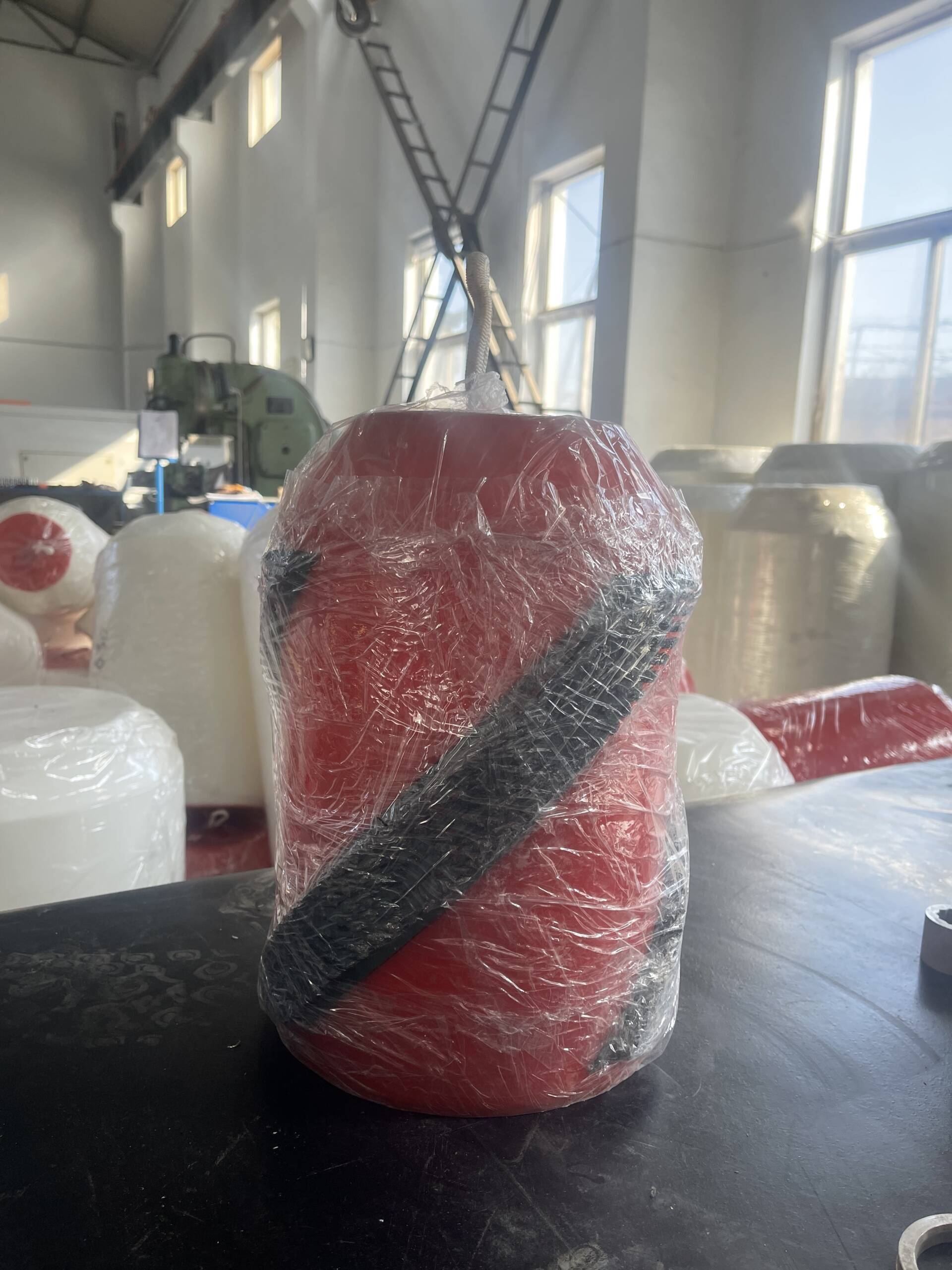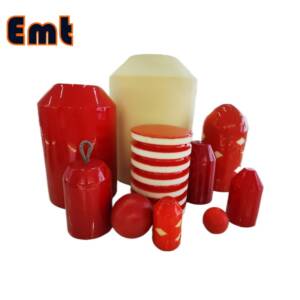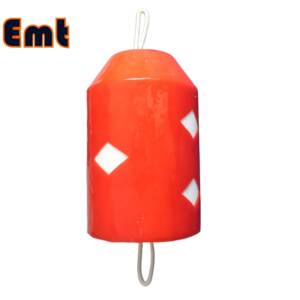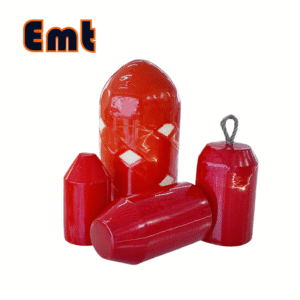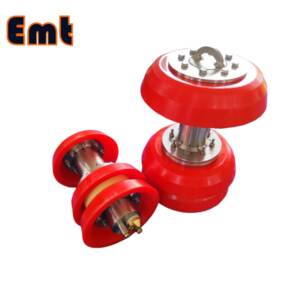Description
Foam Pig Pipeline are essential tools in pipeline maintenance, designed for a variety of applications including liquid removal, drying, sweeping, and general cleaning. They come in several styles, including bare foam pigs, brush foam pigs, polyurethane foam pigs, brush polyurethane foam pigs, and criss-cross foam pigs. Each type is tailored for specific cleaning tasks, enhancing their effectiveness in maintaining pipeline integrity.
The ends of Foam Pig Pipeline are painted with polyurethane, providing durability and a shrink range of 3-5%. EMT manufactures foam pigs in three densities to accommodate diverse operational needs:
- Low Density: 35 kg/m³
- Medium Density: 90 to 120 kg/m³
- High Density: 120 to 150 kg/m³
These foam pigs are particularly popular due to their cost-effectiveness and versatility, making them a preferred choice for cleaning applications across various industries.
1. Features and Specifications
Foam pigs are constructed from molded polyurethane foam, available in three density categories:
- Light Density: 0.02-0.03 g/cm³
- Medium Density: 0.08-0.12 g/cm³
- Heavy Density: 0.13-0.16 g/cm³
Key features of Foam Pig Pipeline include high wear resistance, excellent cleaning performance, and low cost, making them an ideal solution for maintaining pipeline systems.
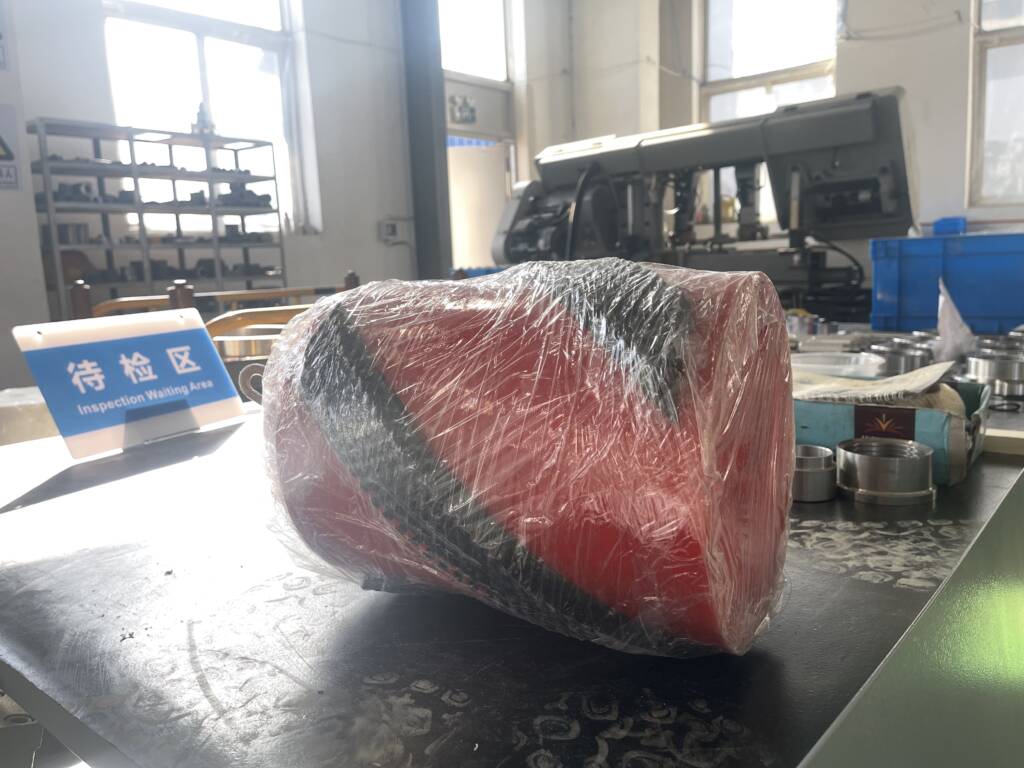
2. Advantages
-
Lightweight & Highly Flexible.
Easy to install and retrieve without heavy equipment; capable of navigating tight bends and complex pipeline layouts. -
Excellent Cleaning Performance.
Effectively removes liquids, debris, sludge, and deposits from pipe walls, maintaining flow efficiency and preventing blockages. -
Accurate Tracking Support.
Compatible with tracking systems for real-time location monitoring, improving control over pigging operations and maintenance planning. -
Strong Drying Capacity.
Light-density foam pigs quickly absorb moisture, reducing drying time and helping prevent internal corrosion. -
Reduced Downtime & Cost-Effective.
Enables faster pigging cycles with minimal operational interruption, lowering labor and maintenance costs. -
Adaptable to Various Pipelines.
Suitable for multiple industries including oil, gas, and water, and available in configurations to match different pipe sizes and conditions.
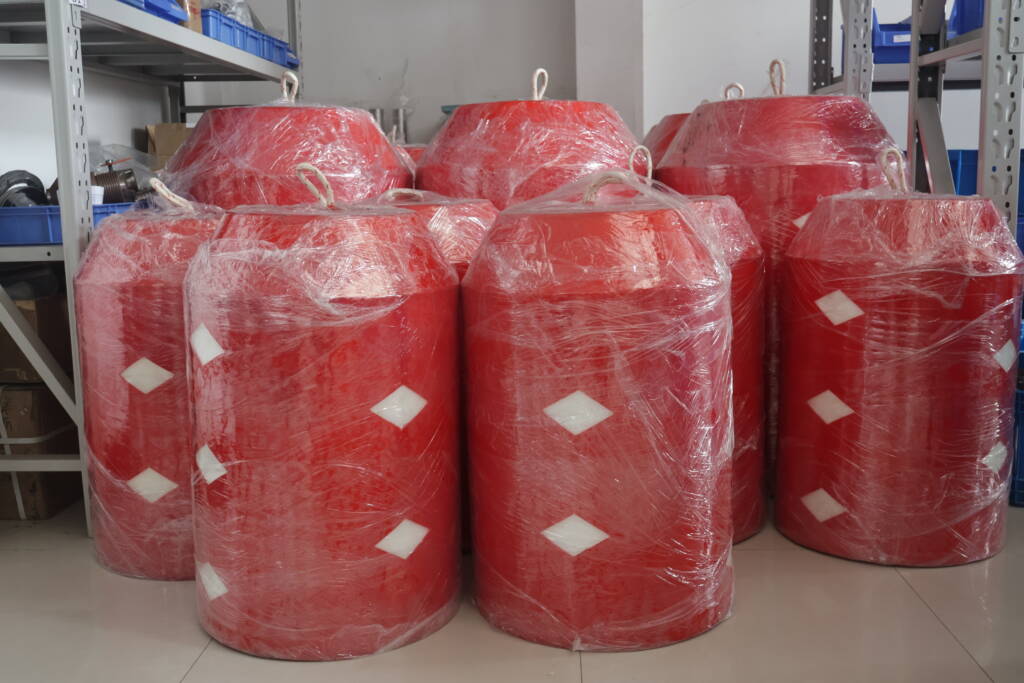
3. Application of Foam Pig Pipeline
Foam pigs are essential tools for the maintenance, cleaning, and efficiency optimization of oil and gas pipelines. Their primary applications include:
-
Liquid Unloading.
lass=”yoast-text-mark” />>Effectively remove residual liquids (such as water, condensates, or hydrocarbons) from pipelines after hydrotesting, shutdowns, or operational pauses to prevent blockages and maintain flow efficiency. -
Pipeline Drying.
Absorb moisture and dry pipeline interiors using low-density foam pigs to prevent corrosion, hydrate formation, and product contamination. -
Debris and Deposit Cleaning.
>Remove wax, sludge, sand, and other solid deposits from the inner pipe wall to reduce flow resistance, maintain pressure, and extend pipeline service life. -
Wax and Asphaltene Control.
Regularly clean crude oil pipelines to prevent wax and asphaltene buildup, ensuring uninterrupted flow and minimizing the risk of clogging. -
Pre-Inspection Cleaning.
>Prepare pipelines for inline inspection (ILI) tools by ensuring the interior is free of obstructions, debris, and deposits, enabling accurate and reliable inspection data. -
Separation and Batching.
Facilitate product separation and batch transportation in multi-product pipelines, reducing mixing zones and enhancing operational efficiency.
